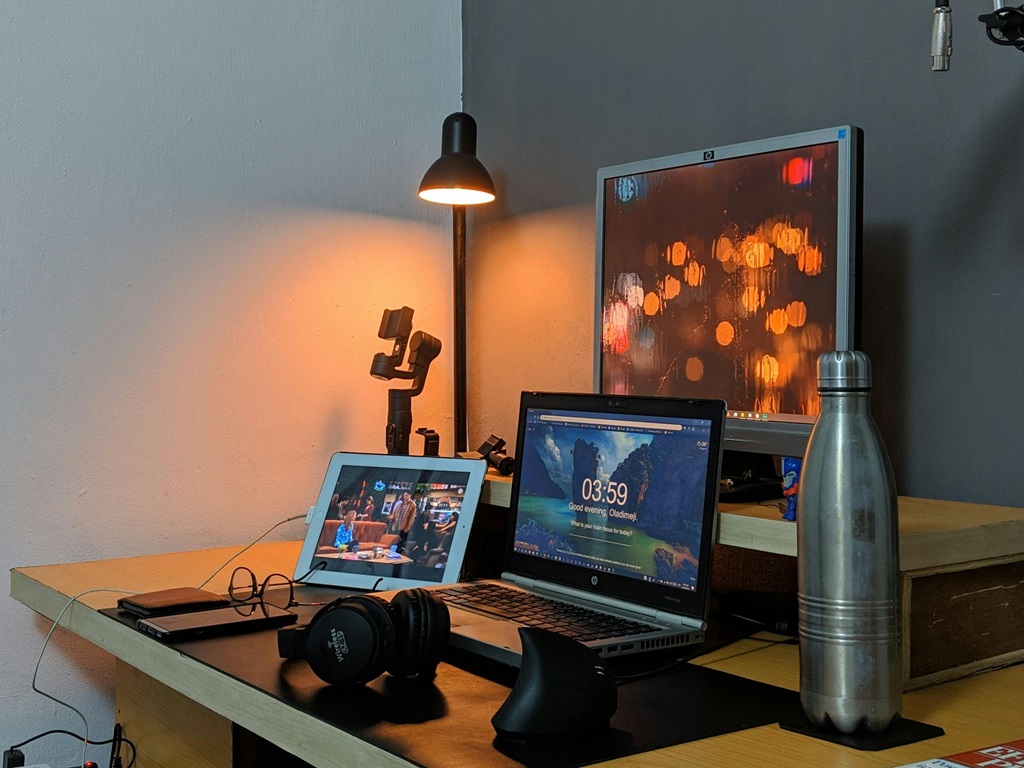
Essential Factors to Consider When Buying a New Laptop
Investing in a new laptop requires a thorough evaluation of several key factors to ensure you select a device that meets your needs, preferences, and budget. With a wide range of options available, each offering different features and specifications, making an informed choice can be challenging. This guide explores essential considerations when buying a new laptop, including understanding processor and performance needs, evaluating storage and memory options, considering display quality and size, assessing battery life and portability, examining connectivity and ports, and comparing pricing and warranty options.
Understanding Processor and Performance Needs
The processor, or central processing unit (CPU), is the heart of a laptop and plays a critical role in determining its overall performance. The choice of processor can significantly impact the laptop’s speed, efficiency, and ability to handle various tasks. When evaluating processors, consider the type and generation of the CPU. Major brands such as Intel and AMD offer a range of processors with different performance levels and capabilities.
Evaluating Storage and Memory Options
Storage and memory are crucial components that affect your laptop’s performance and usability. Storage refers to the amount of space available for storing files, applications, and operating system data. Modern laptops typically offer two main types of storage: hard disk drives (HDDs) and solid-state drives (SSDs).
SSDs are faster and more reliable than HDDs, providing quicker boot times and faster data access. They are particularly advantageous for improving overall system performance and responsiveness. When selecting storage, consider your needs for file storage and speed. Higher storage capacities are useful for users who handle large files or require extensive data storage.
Considering Display Quality and Size
The display quality and size of a laptop are important factors that influence your overall user experience. The size of the screen affects both the laptop’s portability and the ease of use. Larger screens, such as those 15 inches and above, provide more workspace and are ideal for tasks that require detailed visuals, such as graphic design or video editing. Conversely, smaller screens, such as 13 or 14 inches, offer greater portability and are suitable for users who prioritize mobility.
Display quality is measured in terms of resolution and panel type. Higher resolutions, such as Full HD (1920×1080) or 4K (3840×2160), deliver clearer and more detailed images. The type of panel, such as IPS (in-plane switching) or OLED (organic light-emitting diode), affects color accuracy, viewing angles, and contrast. An IPS panel provides better color reproduction and wider viewing angles compared to a standard TN (twisted nematic) panel, while OLED displays offer vibrant colors and deep blacks. Assessing display quality and size based on your usage needs ensures a more enjoyable and productive experience.
Assessing Battery Life
Battery life is a critical consideration, particularly for users who need to use their laptop on the go. A laptop with a long-lasting battery provides greater flexibility and reduces the need for frequent recharging. Battery life can vary based on the laptop’s specifications, screen brightness, and usage patterns. For general use, a battery life of 8 to 12 hours is often sufficient, while high-performance laptops may have shorter battery life due to their demanding hardware.
Comparing Pricing and Warranty Options
Pricing is a significant factor when selecting a new laptop, and it is important to find a balance between cost and features. Laptops are available at a wide range of price points, with variations based on brand, specifications, and additional features. Setting a budget and prioritizing features based on your needs can help you find a laptop that offers the best value for your money.




